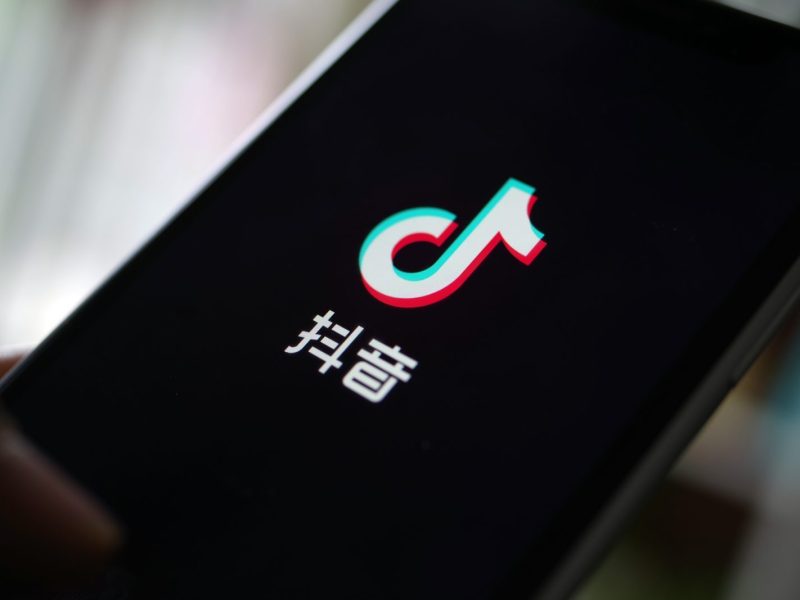In the fall of 2018, after graduating from high school, Keondra downloaded TikTok to her iPhone and began recording short videos of herself dancing and lip-syncing and cosplaying alone in her room, which is covered in posters, a woodcut of the Japanese print The Great Wave of Kanagawa and images of the K-pop band BTS.
For months, her videos received little attention. Then, one day Keondra uploaded a video where she danced in a short black wig. When she woke up the next morning, the video had gone viral. Fans said she looked like Edna Mode, the fashion designer from The Incredibles.
Eventually, other videos of her began appearing in TikTok’s recommendations, which caused them to go viral as well. Some accumulated over 600,000 “likes” and over a million views.
This phenomenon occurs not only in the videos where he dances (although they often get the most hits), but also in his instructional videos on makeup, hairstyling, and photo editing, and in which he discusses his favorite anime characters and racism in America.
Soon, teens began to approach Keondra at the mall, in the Twin Cities subway, and on the streets of their own neighborhood. Her mother’s friends – who work at a prison in the area and don’t know much about her daughter’s online presence – would say, “Did you know your daughter is famous?
On one occasion, three boys called her by name at the hardware store where she used to work. The cosplay brands started sending her gifts at her door along with requests to promote them in their videos.
Basically, Keondra had become an overnight TikTok celebrity. “People tell me I’ve inspired them to cosplay and makeup,” she said. “Other people just follow me around because of the videos where I talk about things.” His followers eventually spread to Instagram and Twitter. He also would have liked to start a YouTube channel, he said, but can’t afford a computer or the equipment to film.

At some point I’d like to make videos and get paid for it
Despite her success at TikTok, Keondra has made almost no money from her content. She has spent countless hours planning, filming, preparing costumes, and doing her makeup and hair for her videos.
But with the exception of a few donations she received from her fans while doing live broadcasts on TikTok and the few promotional product gifts she received from the brands, she has had to pay for her cosplay outfits, makeup and dozens of wigs out of her salary at the hardware store, where she earned $12 an hour.
In fact, she said she saw her job as a way to finance her TikTok videos. (She lives at home with her mother, who covers her rent.)
“I feel that when I have less money, that’s when I have to pay my phone bill,” she said. “Obviously, there are days when I don’t want to go to work and take care of people at the cash register. At some point, I’d like to make videos and get paid for it.
To a boomer, or even a millennial, Keondra’s goal of making money with TikTok may seem unrealistic. But to someone younger, it probably makes a lot more sense. Having a large following on Instagram and buy tiktok fans has increasingly become a requirement for cultural, economic, and even political capital.
There is a lot of money to be made: in recent years, the influencer marketing industry has exploded from $1.7 billion in 2016 to $6.6 billion in 2019, with some influencers earning as much as $200,000 per publication. There are also incentives for companies: they can earn up to $18 in media value for every dollar spent on influencer marketing.
